Computers, TVs, drones, “smart” appliances, digital cameras. If those are the things you think of when someone mentions “consumer electronics,” you’re not alone. But you should add automobiles to the list as, these days, they’re starting to look more like smartphones on wheels. Indeed, high-tech “mobility” was one of the big topics at this year’s Consumer Electronics Show in Las Vegas. And Headlight.News was there, checking out the latest high-tech vehicles, features and services. These are the standouts.
“People want their cars to do the same things they can do with their smartphones,” said Jan Becker, the CEO and co-founder of Germany’s APEX.AI. It’s one of dozens of companies specializing in onboard entertainment, driver assistance and autonomous driving technologies taking part in the annual Consumer Electronics Show in Las Vegas this week.
All told, automakers, suppliers and service providers completely filled up the nearly 300,000 square-foot West Hall of the Las Vegas Convention Center, spilling over into two other big halls and even some of the convention hotels.
Here are some of the products, features and services that were real standouts at CES 2024:
Honda Zeroes in
Honda was slow to enter the long-range EV market — and then only with the help of General Motors. Even before it launches two models that came out of that joint venture, the Honda Prologue and Acura ZDX, the Japanese automaker wants to go it alone.
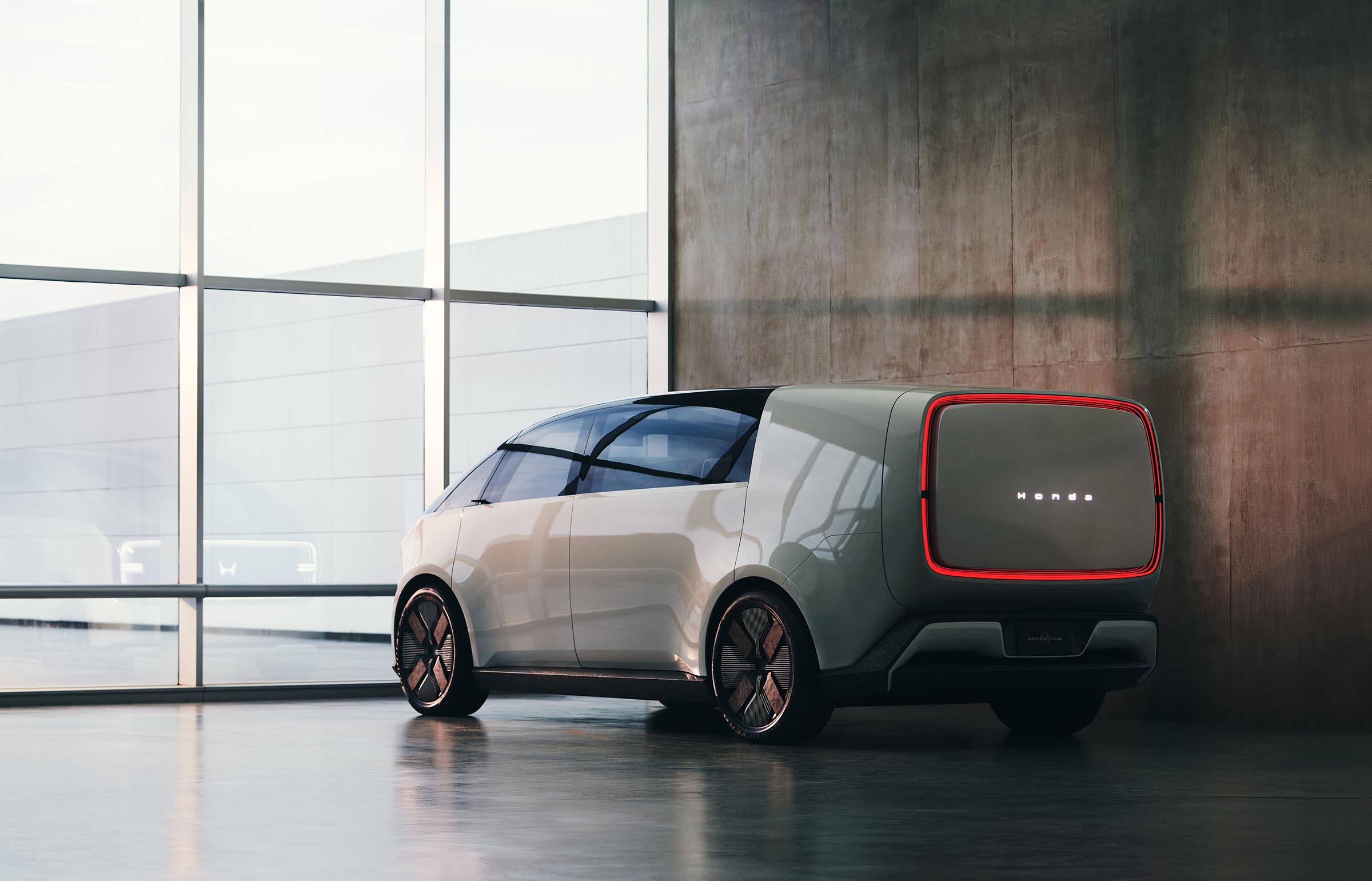
Honda isn’t saying much about plans for the Space Hub, beyond noting that other 0 Series models will follow the 2026 production launch of the Saloon.
To mark the launch of its new 0 Series, it brought to CES 2025 two all-electric concept vehicles, the Saloon and the Space-Hub. Both introduce a new and quite striking design language, as well as an entirely new, skateboard-like platform developed in house.
It will be more like what Tesla has brought to market, with a centralized computing system, said Honda’s global CEO Toshiro Mibe, than the “decentralized” system most other manufacturers use. “We must rethink everything we know about EVs,” Mibe told Headlight.News.
His top lieutenant, Global EVP Shinji Aoyama, told us the Saloon will go into production at a Honda plant in Ohio in 2026 with relatively few changes. The Space-Hub, a futuristic people-mover, meanwhile, will help influence future production models.
Kia’s PV5 provides a “vision for future mobility”
Kia brought five concept vehicles to the Consumer Electronics Show in Las Vegas, all based on the new, battery-electric Platform Beyond Mobility platform. It’s meant o “revolutionize the mobility industry,” the South Korean not so modestly declared.
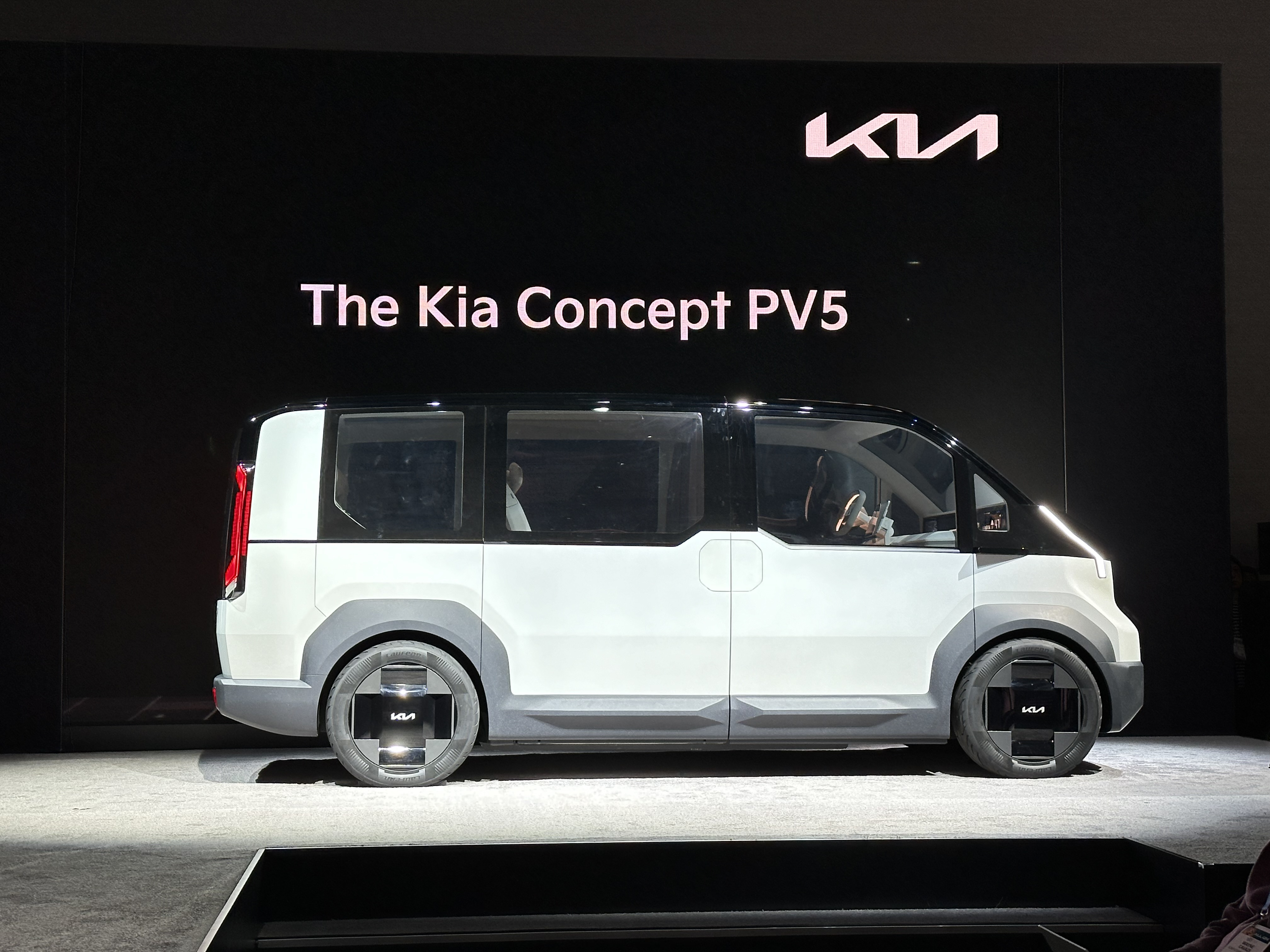
The South Korean carmaker laid out plans to put the modular new platform into production, outlining what it described as a multi-phase plan.
Based off the same, modular EV platform, PVs 3, 5 and 7 offer a variety of different-sized cargo and people-movers. (Another version, the pint-sized PV1 seen as an autonomous, last-mile delivery vehicle.) One of the unique parts of the project is the use of interchangeable bodies. The same PV5, for example, could serve as a ride-sharing vehicle, a pickup, a cargo hauler or even a recreational vehicle.
Kia expects to begin production of the PV5 by mid-decade, with other versions to follow.
Hyundai takes to the air with the Supernal S-A2
We’ve been hearing about flying cars and airborne takes for more than a century. Now, four years after showing off an electrically-power vertical takeoff and landing concept at the Consumer Electronics Show, Hyundai is back at CES 2024 with a more production ready prototype, the S-A2.
The drone-like aircraft, with its eight rotors, is designed to rise up off a “vertiport” before shifting to horizontal flight. It’s expected to hit a speed of up to 120 mph and travel as far as 60 miles. There’s room for four passengers and a pilot — though Hyundai hopes to migrate to entirely autonomous flying at some point.
Chief test pilot RJ Schreiner told us the design will make the Supernal S-A2 safer than conventional helicopters, with the ability to keep flying even if a few of its rotors fail. Meanwhile, it will be substantial quieter, in line with a washing machine.
Hyundai hopes to begin test flights late this year, getting a final design into operation by 2028. But it will face substantial competition from the dozens of other companies also developing flying cars and taxis.
More about CES 2024
- 12 Questions for Raymond J. “RJ” Schreiner, Chief Test Pilot for Flying Taxi Startup Supernal
- VinFast Introduces New Concept Pickup Truck and Micro-SUV at CES
- You and Your Mercedes-Benz Can Literally Make Beautiful Music Together
AI-powered automobiles
We’ve heard a lot about artificial intelligence this past year, and it’s coming to a car near you. That starts with Volkswagen, which plans to add ChatGPT to six of its upcoming models, including the ID.7 EV and the next-generation Golf GTI.

Hyundai Motor Group’s Advanced Air Mobility subsidiary which unveiled the S-A1 concept at CES 2020. At CES 2024, the next-generation prototype, the S-A2, is making its debut.
It will take the automaker’s current voice assistant, IDA, to new levels, said Stefan Ortmanns, CEO of Cerence, the tech firm helping integrate the AI system.
It can, of course, help you find your way to your destination, or change radio stations. The system also can help someone find a restaurant based on their personal favorites. So if you like buttered chicken, not only can if find a restaurant that serves it, the system can also get you the recipe. “We’re entering a new era of computing based on your personal preferences,” Ortmanns noted.
VW isn’t alone. Mercedes-Benz also plans to use AI to upgrade its own MBUX in-car voice assistant to create what the automaker promises will be a “hyper-personalized’ feature.
You and Mercedes can make some beautiful music together
Some will love what the German maker has planned, others might find it totally weird. Working with rapper Will.I.Am, Mercedes-Benz cars soon will be equipped with the MBUX Sound Drive, a feature that turns your commute into a tune.
It uses the vehicle’s sensors and software to interpret your acceleration, steering, braking and energy recuperation. It then converts them into music. This new audio format allows tracks to be created in any genre of music. The automaker is hoping to make MBUX Sound Drive into an open music platform.
“A driver now does what a DJ does,” Will.I.Am said. “When you go out and experience music. The DJ never played the song the same way every night. When you go into your car, it’s the same.
Hydrogen power challenges the EV
Fuel-cell technology help make the Apollo lunar program possible, providing electric current to power the spaceship on the way to the moon. Around the turn of the millennium, a number of automakers were ready to use the technology for their vehicles. But, as EVs came to market and began offering longer range and lower operating costs, hydrogen seemed ready to fall into the category of “nice ideas that never actually worked.”
Lately, however, interest in fuel-cells has started to take off again. One reason is the fact that the technology can offer longer range and faster refueling times than what you get with an EV — something particularly true when talking about heavy-duty trucks.
Hyundai is one of several manufacturers — along with suppliers like German giant Bosch — who were talking up the technology at CES. Hyundai already has begun delivering prototype semis to some of the ports in California where diesel trucks are among the state’s biggest sources of smog.
Honorable mentions
We’re a little cautious about giving shout-outs to two other manufacturers that brought products to CES. That said, we can’t completely ignore them, either.
Having revealed the Mullen Five crossover EV in 2022, the California-based startup unveiled a high-performance variant, the Mullen Five RS, at CES 2024 in Las Vegas on Wednesday.
Designed and built in the U.S. the automaker hinted it will deliver more than 1,000 horsepower and 850 pound-feet of torque. That’s good enough to deliver a 0-to-60-mph time of less than two seconds, 1.2 seconds quicker than the base Mullen Five, along with a top speed of more than 200 mph from its 100-kWh battery pack. Range will be just short of 300 miles. But here’s another figure just as likely to take your breath away: a starting price of around $275,000.
Then there’s VinFast, the Vietnamese startup that’s been struggling to get off the ground with its first U.S. product, the VF 8. It came to CES to reveal two more possible entries: the all-electric VF 3 micro-SUV and the VF Wild pickup.
VF 3 is already on sale in Vietnam and, if it comes to the States could fill a yawning gap with a price tag closer to $20,000 than the average $65,000 for today’s EVs. The VF Wild, meanwhile would be a midsize pickup, along the lines of the top-selling Toyota Tacoma. But, in concept form it adds novel features like a bed extender and a fold-down midgate allowing extra-long cargo to stretch into the passenger compartment.


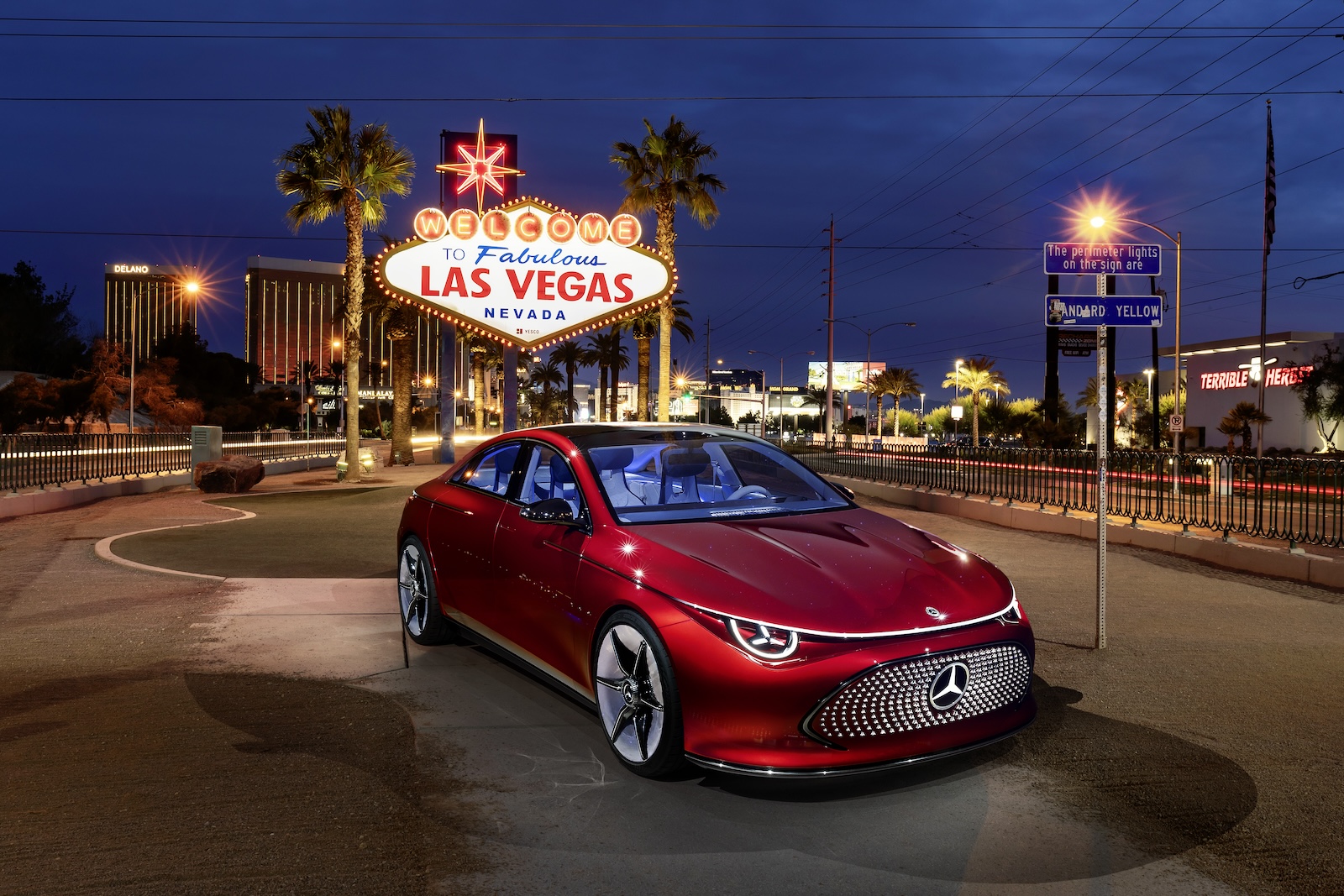
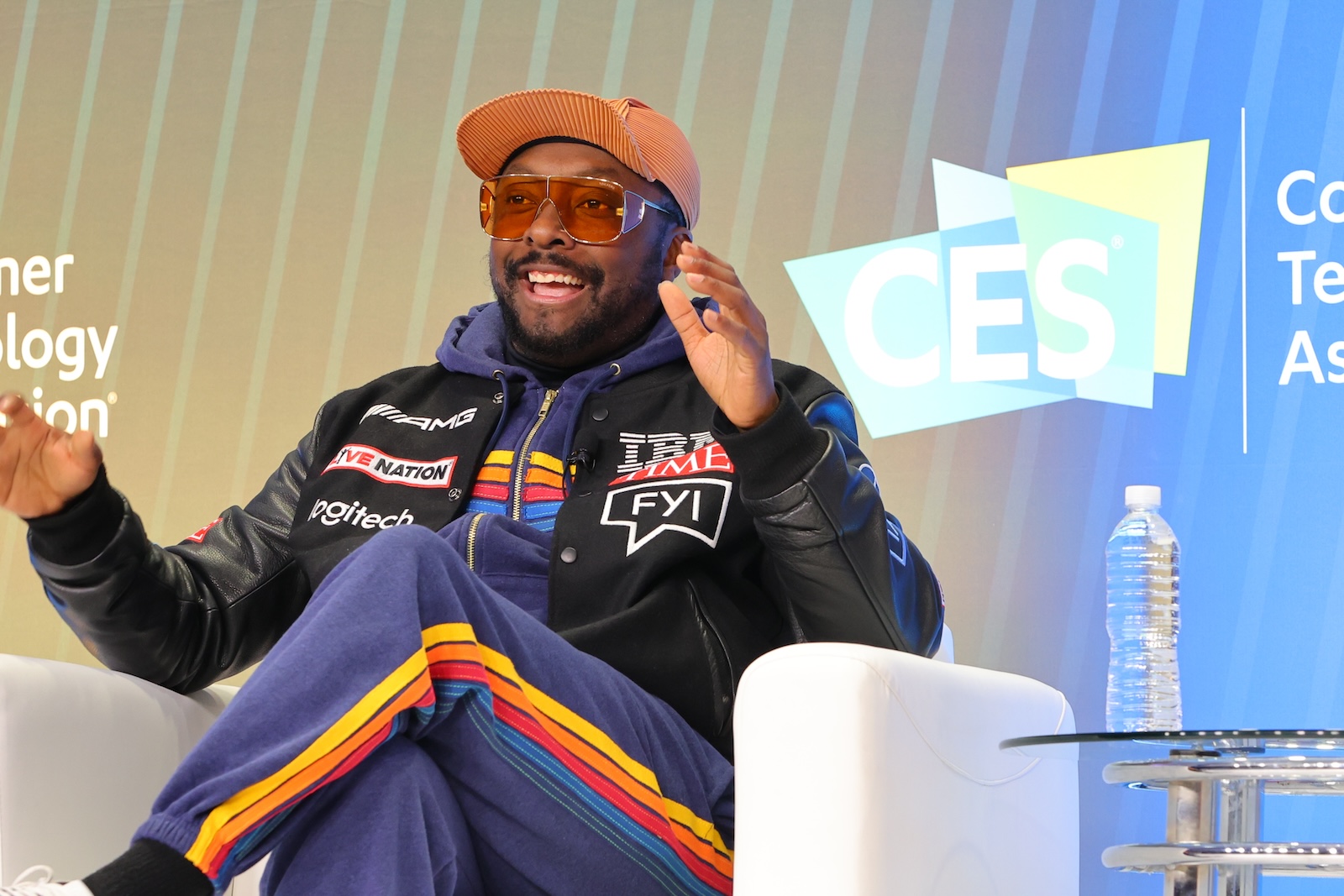

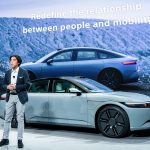

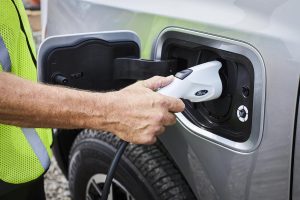
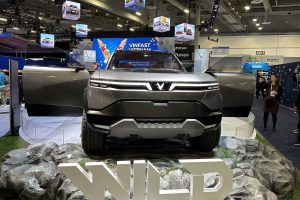
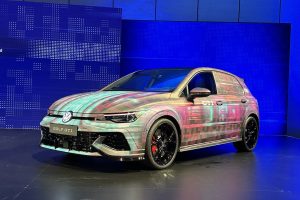
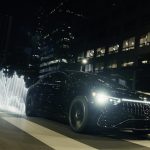
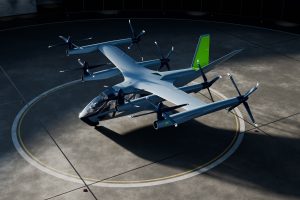
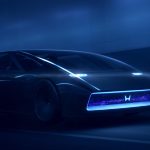

0 Comments